Charles E W Bean, Diaries, AWM38 3DRL 606/251/1 - 1915 - 1936 - Part 13
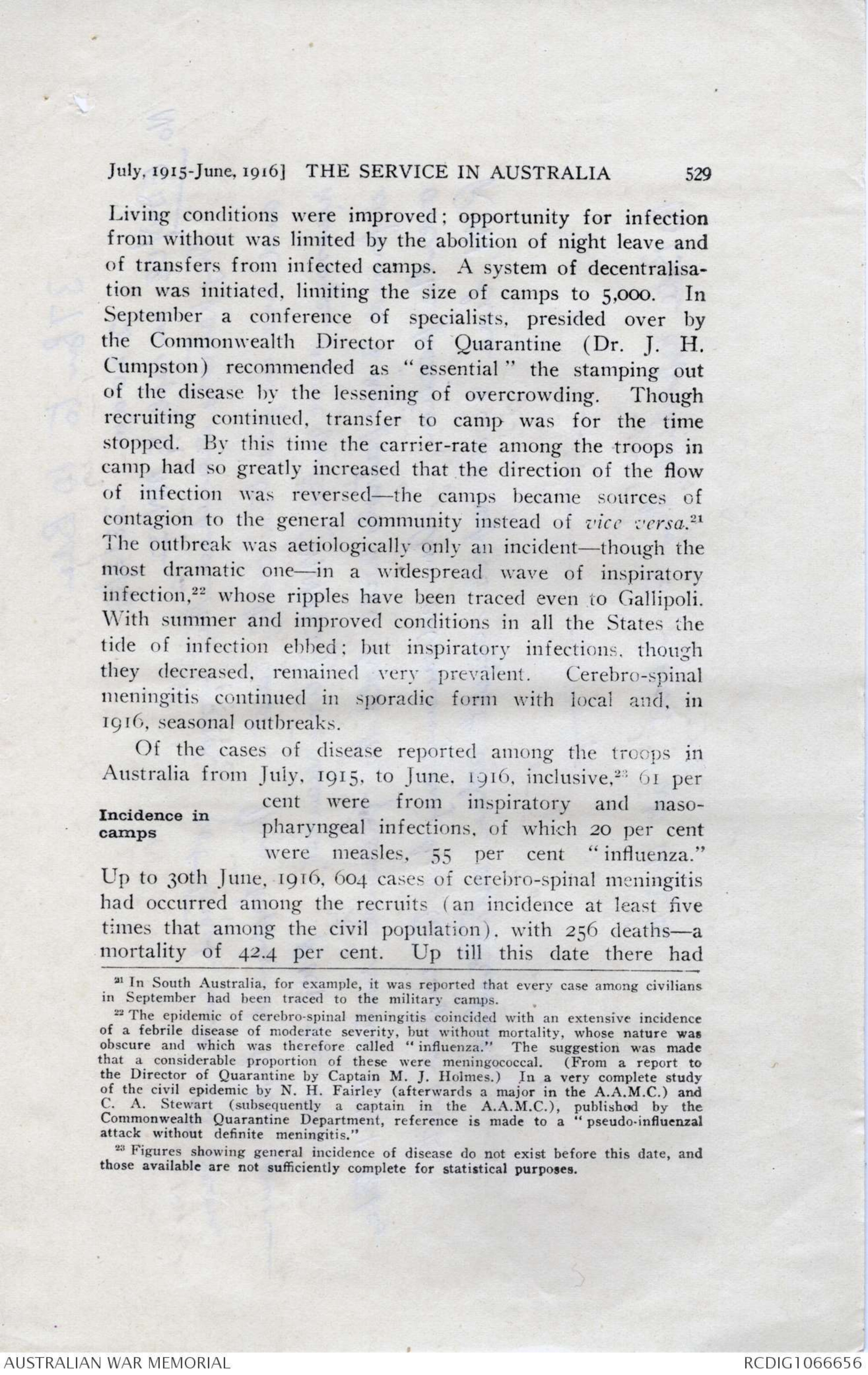
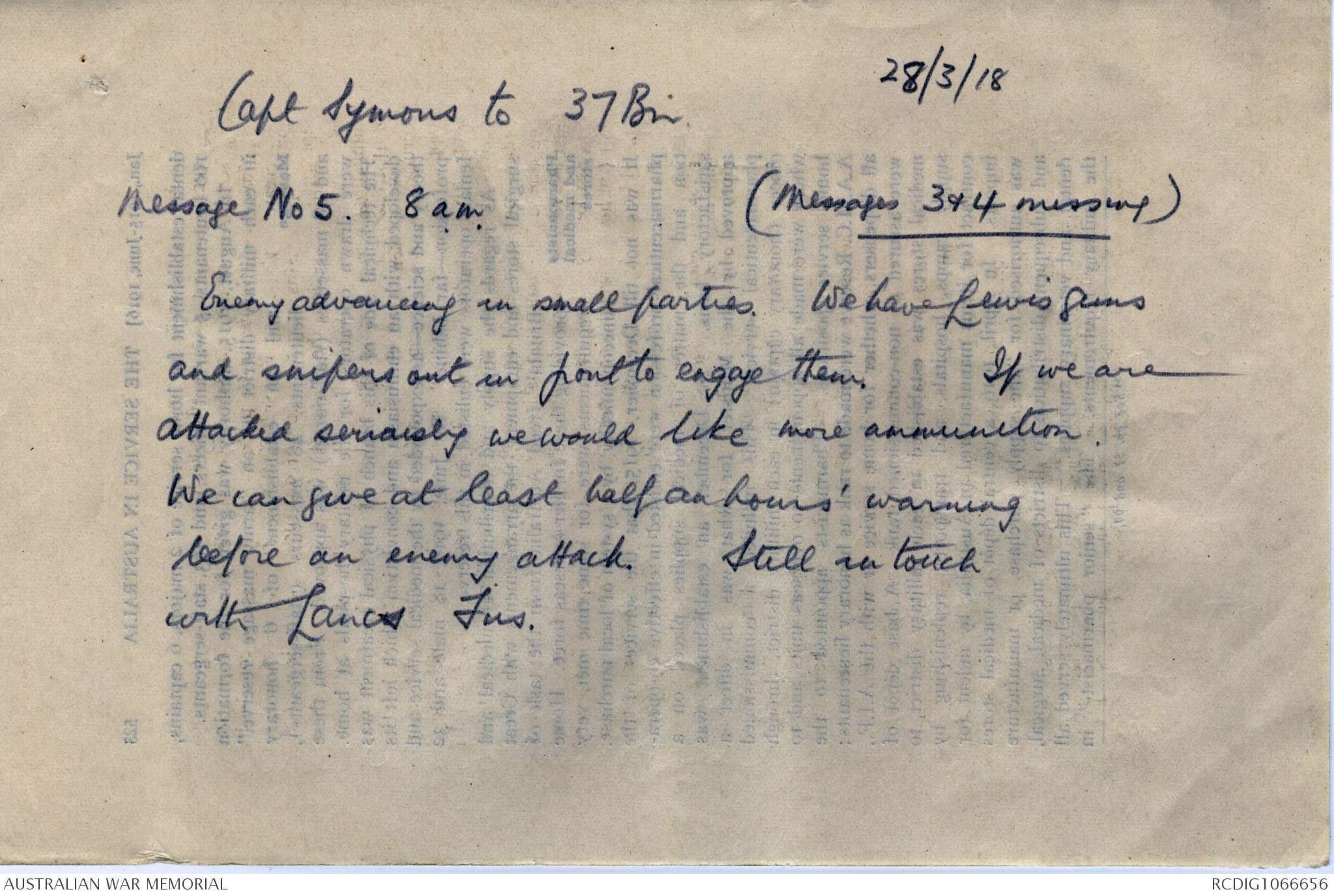
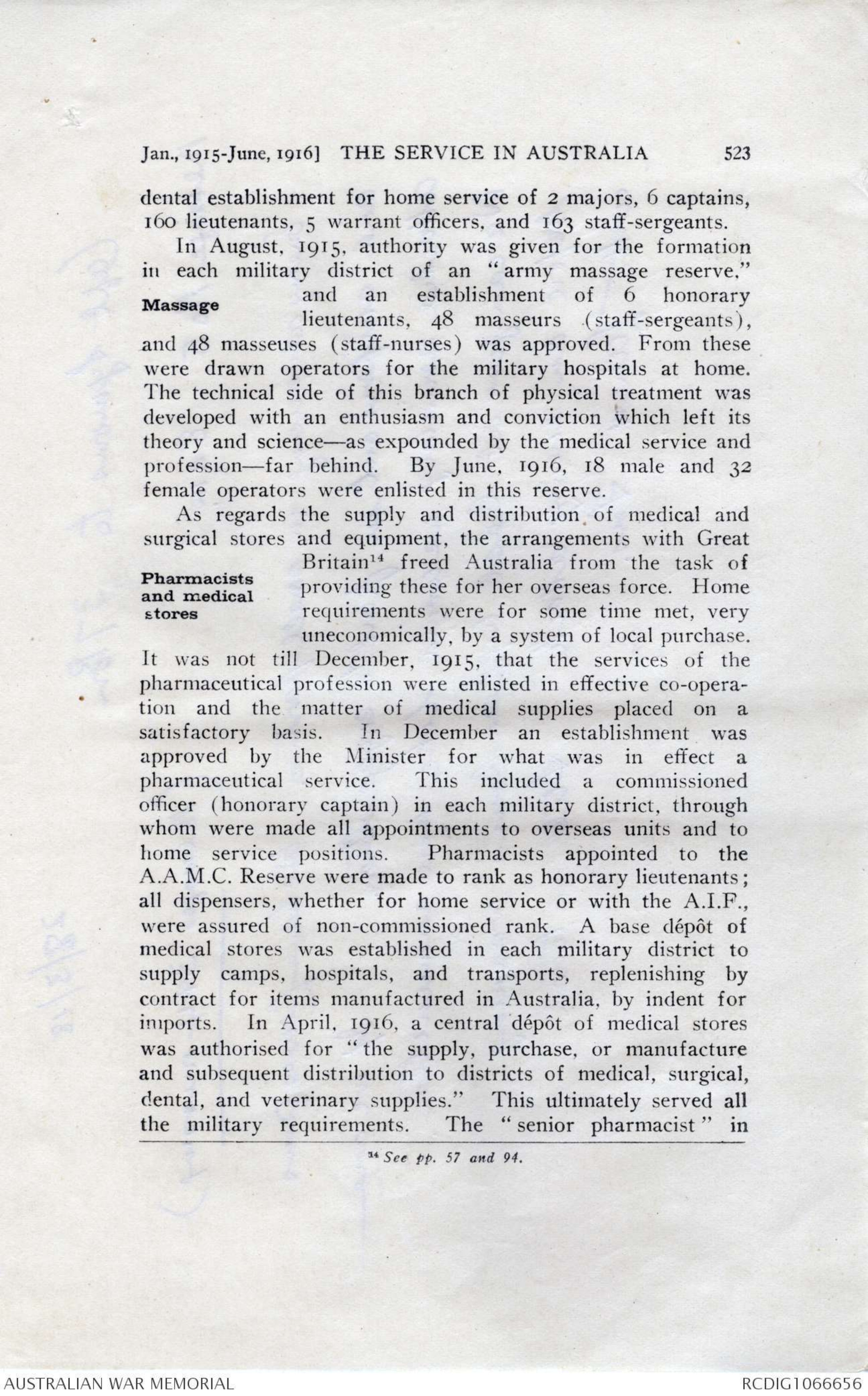
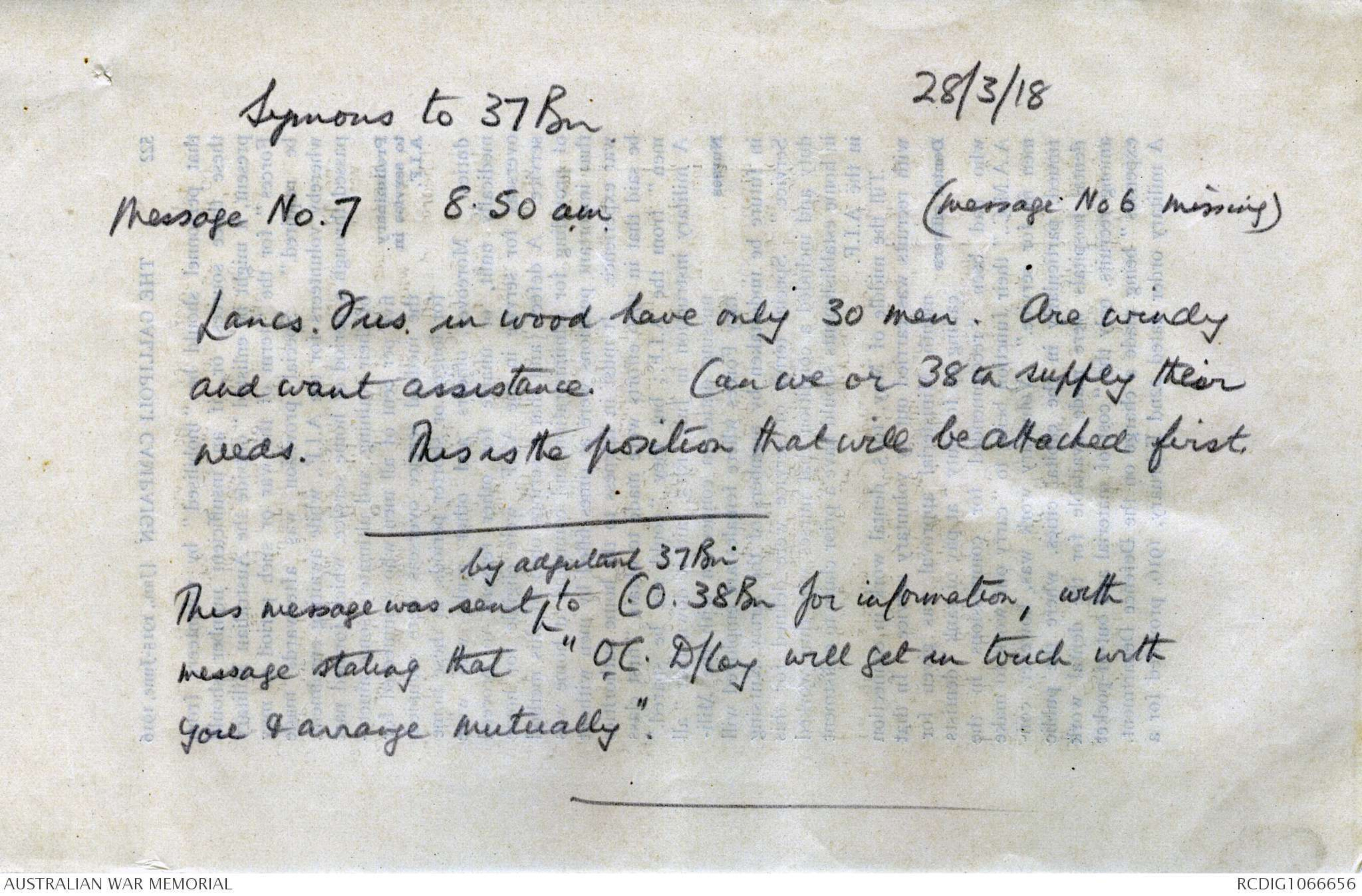

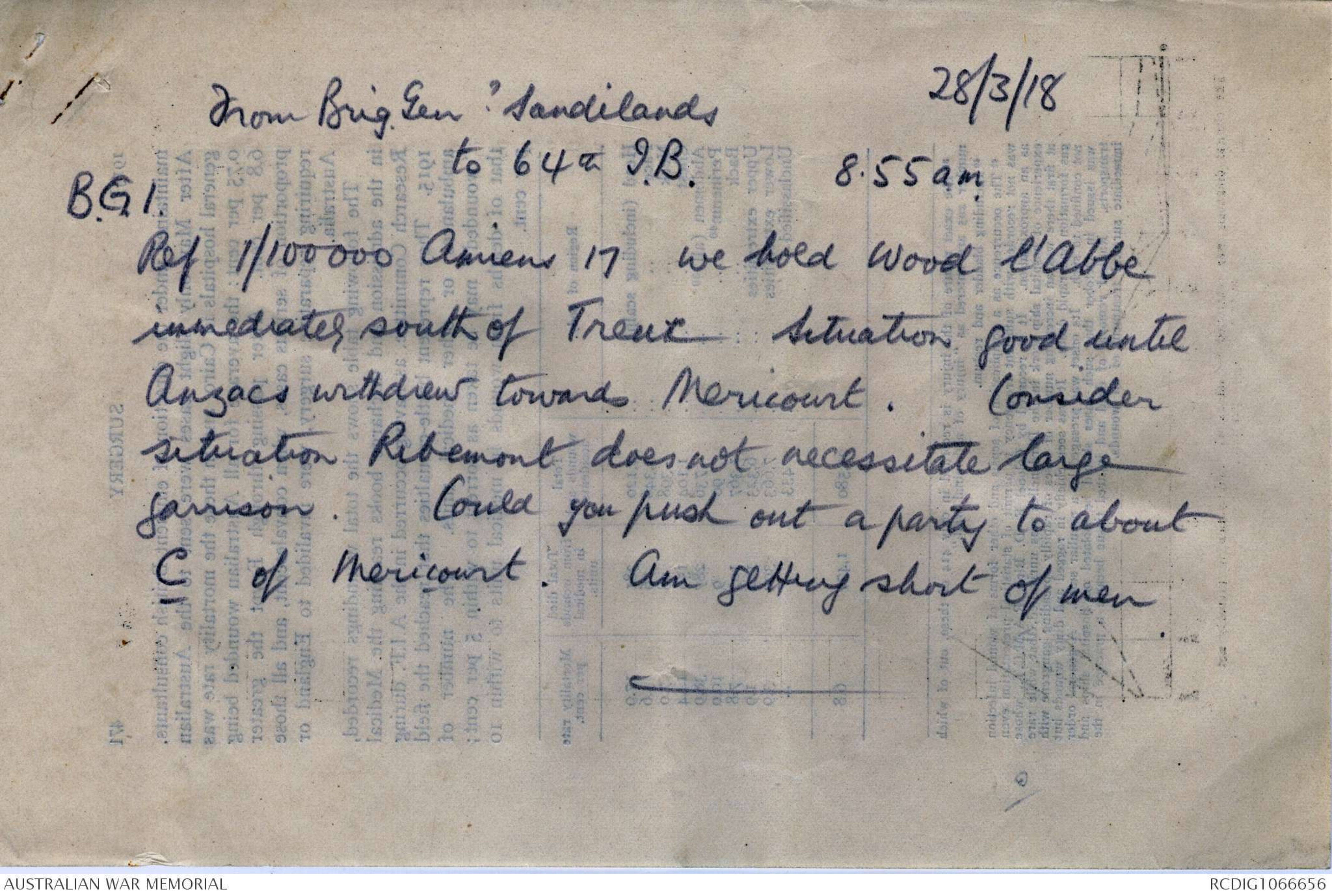
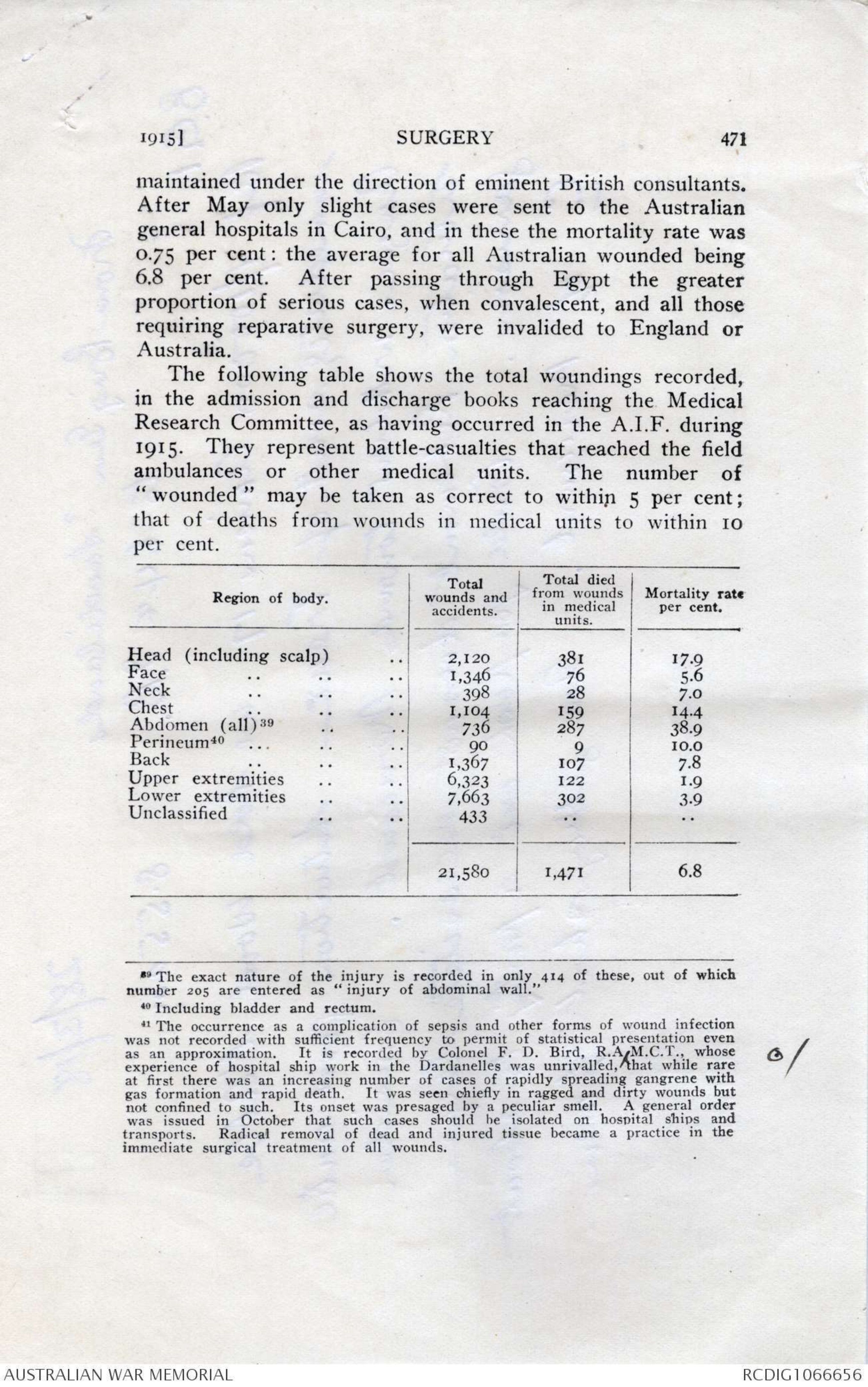
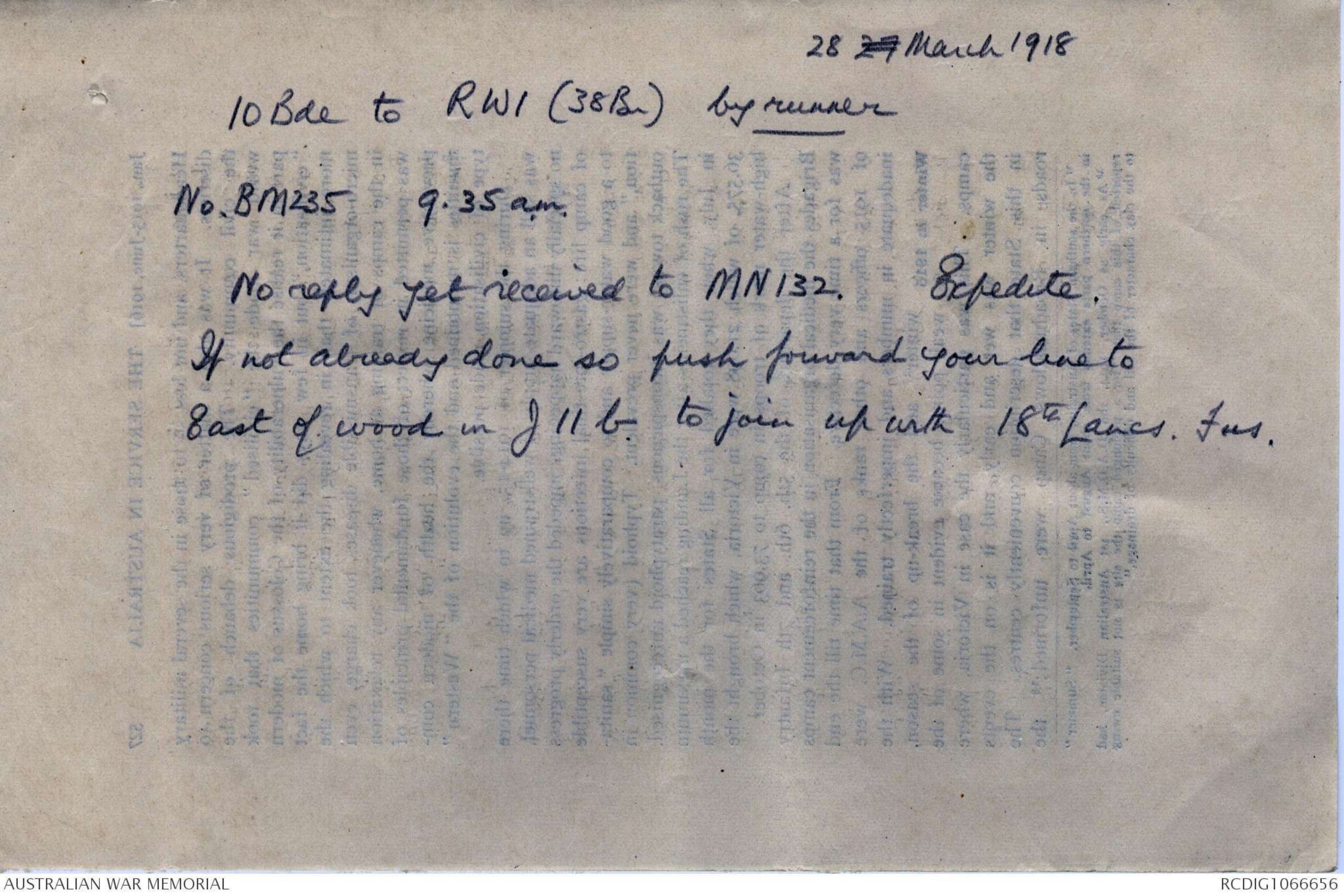
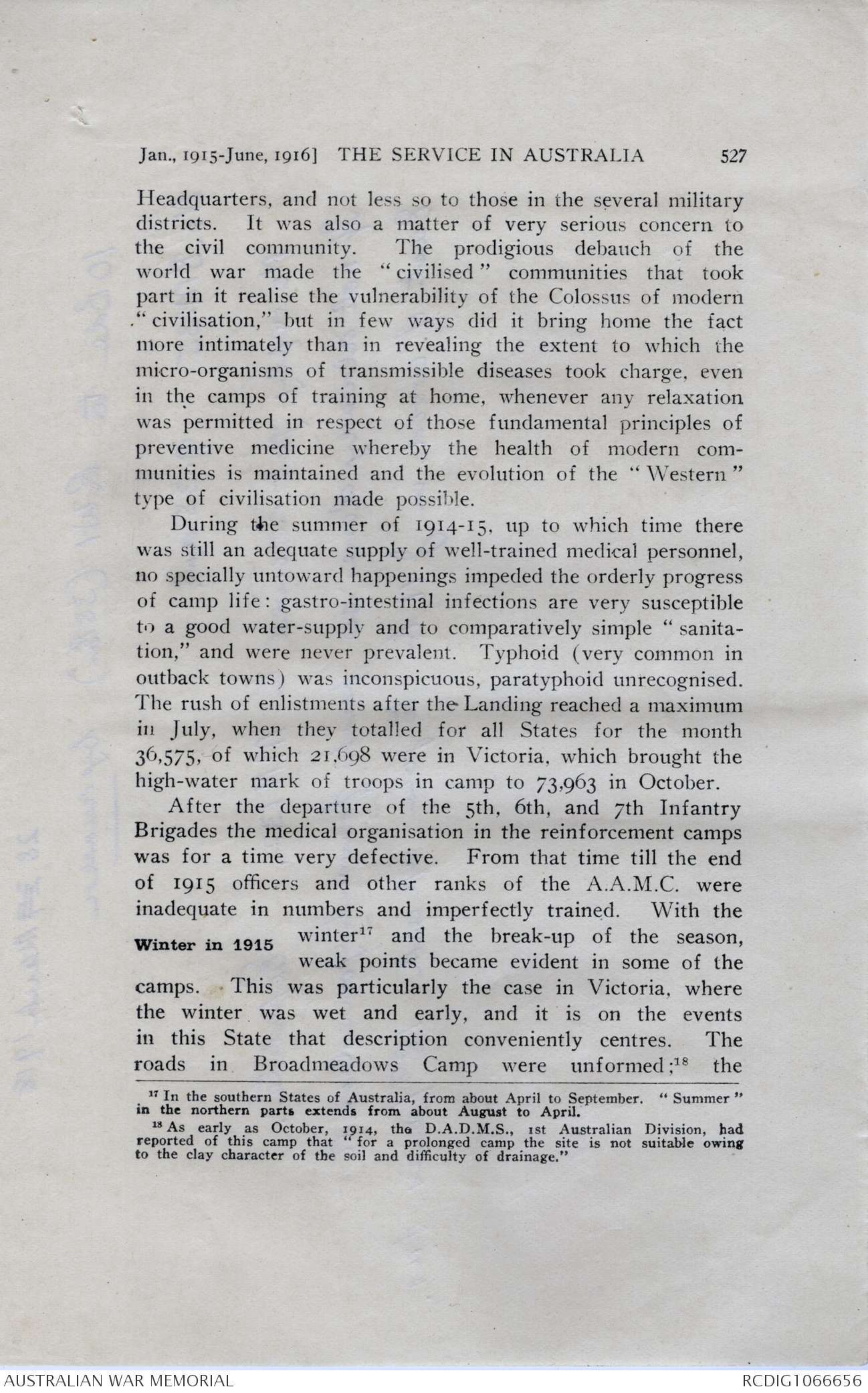
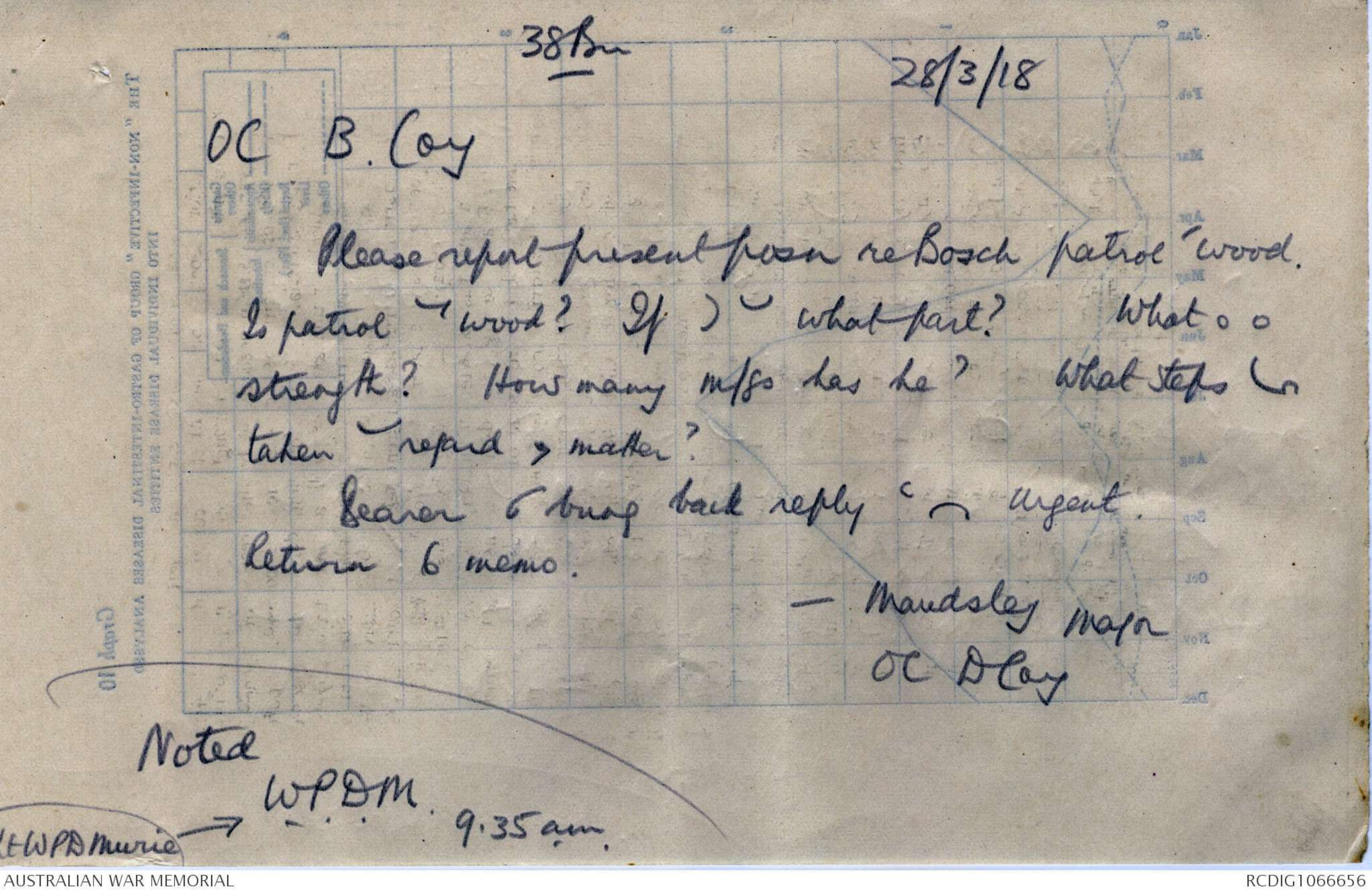
529
July, 1915-June, 1916] THE SERVICE IN AUSTRALIA
Living conditions were improved; opportunity for infection
from without was limited by the abolition of night leave and
of transfers from infected camps. A system of decentralisation
was initiated, limiting the size of the camps to 5,000. In
September a conference of specialists, presided over by
the Commonwealth Director of Quarantine (Dr. J.H.
Cumpston) recommended as "essential" the stamping out
of the disease by the lessening of overcrowding. Though
recruiting continued, transfer to camp was for the time
stopped. By this time the carrier-rate among the troops in
camp had so greatly increased that the direction of the flow
of infection was reversed - the camps became sources of
contagion to the general community instead of vice versa.21
The outbreak was aetiologically only an incident - though the
most dramatic one - in a widespread wave of inspiratory
infection,22 whose ripples have been traced even to Gallipoli.
With summer and improved conditions in all the States the
tide of infection ebbed; but inspiratory infections, though
they decreased, remained very prevalent. Cerebro-spinal
meningitis continued in sporadic form with local and, in
1916, seasonal outbreaks.
Of the cases of disease reported among the troops in
Australia from July, 1915. to June, 1916, inclusive,23 61 per
[*Incidence in
camps*]
cent were from inspiratory and naso-pharyngeal
infections, of which 20 per cent
were measles, 55 per cent "influenza."
Up to 30th June, 1916, 604 cases of cerebro-spinal meningitis
had occurred among the recruits (an incidence of at least five
times that among the civilian population), with 256 deaths - a
mortality of 42.4 percent. Up till this date there had
________________________________________________________________
21 In South Australia, for example, it was reported that every case among civilians
in September had been traced to the military camps.
22 The epidemic of cerebro-spinal meningitis coincided with an extensive incidence
of a febrile disease of moderate severity, but without mortality, whose nature was
obscure and which was therefore called "influenza". The suggestion was made
that a considerable proportion of these were meningococcal. (From a report to
the Director of Quarantine by Captain M.J.Holmes.) In a very complete study
of the civil epidemic by N.H. Fairley (afterwards a major in the A.A.M.C.) and
C.A. Stewart (subsequently a captain in the A.A.M.C.), published by the
Commonwealth Quarantine Department, reference is made to a "pseudo-influenzal
attack without definite meningitis."
23 Figures showing general incidence of disease do not exist before this date, and
those available are not sufficiently complete for statistical purposes.
Capt Symons to 37 Bn. 28/3/18
Message No 5. 8 a.m. (Messages 3 & 4 missing)
Enemy advancing in small parties. We have Lewis Guns
and snipers out in front to engage them. If we are
attacked seriously we would like more ammunition.
We can give at least half an hours' warning
before an enemy attack. Still in touch
with Lancs Fus.
523
Jan., 1915-June, 1916] THE SERVICE IN AUSTRALIA
dental establishment for home service of 2 majors, 6 captains,
160 lieutenants, 5 warrant officers and 163 staff-sergeants.
In August, 1915, authority was given for the formation
in each military district of an "army massage reserve,"
[*Massage*]
and an establishment of 6 honorary
lieutenants, 48 masseurs (staff-sergeants),
and 48 masseuses (staff-nurses) was approved. From these
were drawn operators for the military hospitals at home.
The technical side of this branch of physical treatment was
developed with an enthusiasm and conviction which left its
theory and science—as expounded by the medical services and
profession—far behind. By June, 1916, 18 male and 32
female operators were enlisted in this reserve.
As regards the supply and distribution of medical and
surgical stores and equipment, the arrangements with Great
[*Pharmacists
and medical
stores*]
Britain14 freed Australia from the task of
providing these for her overseas force. Home
requirements were for some time met, very
uneconomically, by a system of local purchase.
It was not till December, 1915, that the services of the
pharmaceutical profession were enlisted in effective co-operation
and the matter of medical supplies placed on a
satisfactory basis. In December an establishment was
approved by the Minister for what was in effect a
pharmaceutical service. This included a commissioned
officer (honorary captain) in each military district, through
whom were made all appointments to overseas units and to
home service positions. Pharmacists appointed to the
A.A.M.C. Reserve were made to rank as honorary lieutenants;
all dispensers, whether for home service or with the A.I.F.,
were assured of non-commissioned rank. A base dépôt of
medical stores was established in each military district to
supply camps, hospitals, and transports, replenishing by
contract for items manufactured in Australia, by indent for
imports. In April, 1916, a central dépôt of medical stores
was authorised for "the supply, purchase, or manufacture
and subsequent distribution to districts of medical, surgical,
dental, and veterinary supplies." This ultimately served all
the military requirements. The "senior pharmacist" in
___________________________________________________________
24 See pp. 57 and 94.
Symons to 37 Bn. 28/3/18
Message No. 7 8.50 a.m. (Message No 6 missing)
Lancs. Fus. in wood have only 30 men. Are windy
and want assistance. Can we or 38th supply their
needs. This is the position that will be attacked first.
This message was sent ^by adjutant 37 Bn. to C.O. 38 Bn for information, with
message stating that "O.C. D/Coy will get in touch with
you & arrange mutually".
522
THE GALLIPOLI CAMPAIGN [Jan., 1915-June, 1916
that personnel should be "mobilised" by volunteers from
those three sources, or, if an insufficient number should
present, it might be enlisted "outside the Australian Military
Forces" for the "term of the war or such period as may
be required." Special provision was afterwards made
whereby volunteers for the A.I.F., while awaiting enrolment,
passed through a period of home service, which formed part
[*Preliminary
to service in
A.I.F.*]
of their training, and ultimately some ninety-
five per cent of all men who volunteered for
the medical service overseas were occupied,
for longer or shorter periods, in these home
duties. Moreover, officers and other ranks who were
medically unfit, or unable for other reasons to proceed
overseas for service in the A.I.F., were eligible for home
service. A defect (and that a serious one) of this method
of providing for administration and command at home was
that important positions were at times filled by men without
war experience. It must in fairness to the home authorities
be said that in 1916 efforts were made to obtain "first class
men" from the A.I.F.; but they "could not be spared."
A military instruction in July, 1915, laid it down that "all
[*Nurses*]
nursing duties in connection with the Military
Forces where females are employed will
in future be undertaken by members of the Army Nursing
Service." Special terms of service were defined for this
duty and included a condition that nurses who thus worked
in home establishments should have prior claim to enlistment
in the A.I.F.
Till the middle of May, 1915, dental work in connection
with recruits was carried out by voluntary service. In that
[*Dental officers*]
month Ministerial approval was given for
calling up for duty "at pay of rank" dentists
who had been "recommended for commissions in the
A.A.M.C.," their function being "to carry out work to make
men fit for service." Voluntary work was, however, continued,
particularly in the capital cities, where the public
dental hospitals were made available for the dental work
among recruits, only the "cost of material and out-of-pocket
expenses" being made a charge on the Defence Department.
A military order dated 22nd February, 1916, provided for a
From Brig. Gen ?Sandilands 28/3/18
to 64th I.B. 8.55 a.m.
B.G. 1.
Ref 1/100 000 Amiens 17 we hold Wood l'Abbe
immediately south of Treux Situation good until
Anzacs withdrew towards Mericourt. Consider
situation Ribemont does not necessitate large
garrison. Could you push out a party to about
C of Mericourt. Am getting short of men.
471
1915] SURGERY
maintained under the direction of eminent British consultants.
After May only slight cases were sent to the Australian
general hospitals in Cairo, and in these the mortality rate was
0.75 per cent: the average for all Australian wounded being
6.8 per cent. After passing through Egypt the greater
proportion of serious cases, when convalescent, and all those
requiring reparative surgery, were invalided to England or
Australia.
The following table shows the total woundings recorded,
in the admission and discharge books reaching the Medical
Research Committee, as having occurred in the A.I.F. during
1915. They represent battle-casualties that reached the field
ambulances or other medical units. The number of
"wounded" may be taken as correct to within 5 per cent;
that of deaths from wounds in medical units to within 10
per cent.
|
Region of body. |
Total |
Total died |
Mortality rate |
| Head (including scalp) |
2,120 |
381 |
17.9 |
| Face |
1,346 |
76 |
5.6 |
| Neck |
398 |
28 |
7.0 |
| Chest |
1,104 |
159 |
14.4 |
| Abdomen (all) 39 |
736 |
287 |
38.9 |
| Perineum40 |
90 |
9 |
10.0 |
| Back |
1,367 |
107 |
7.8 |
| Upper extremities |
6,323 |
122 |
1.9 |
| Lower extremities |
7,663 |
302 |
3.9 |
| Unclassified |
433 |
. . |
. . |
|
21,580 |
1,471 |
6.8 |
____________________________
39 The exact nature of the injury is recorded in only 414 of these, out of which
number 205 are entered as "injury of abdominal wall."
40 Including bladder and rectum.
41 The occurrence as a complication of sepsis and other forms of wound infection
was not recorded with sufficient frequency to permit of statistical presentation even
as an approximation. It is recorded by Colonel F.D. Bird, R.A^.M.C.T., whose
[*o/*]
experience of hospital ship work in the Dardanelles was unrivalled, that while rare
at first there was an increasing number of cases of rapidly spreading gangrene with
gas formation and rapid death. It was seen chiefly in ragged and dirty wounds but
not confined to such. Its onset was presaged by a peculiar smell. A general order
was issued in October that such cases should be isolated on hospital ships and
transports. Radical removal of dead and injured tissue became a practice in the
immediate surgical treatment of all wounds.
28 27 March 1918
10 Bde to RW1 (38 Bn) by runner
No. BM235 9.35 a.m.
No reply yet received to MN 132. Expedite.
If not already done so push forward your line to
East of wood in J 11 b. to join up with 18th Lancs. Fus.
527
Jan., 1915-June, 1916] THE SERVICE IN AUSTRALIA
Headquarters, and not less so to those in the several military
districts. It was also a matter of very serious concern to
the civil community. The prodigious debauch of the
world war made the "civilised" communities that took
part in it realise the vulnerability of the Colossus of modern
"civilisation," but in few ways did it bring home the fact
more intimately than in revealing the extent to which the
micro-organisms of transmissible diseases took charge, even
in the camps of training at home, whenever any relaxation
was permitted in respect of those fundamental principles of
preventive medicine whereby the health of modern communities
is maintained and the evolution of the "Western"
type of civilisation made possible.
During the summer of 1914-15, up to which time there
was still an adequate supply of well-trained medical personnel,
no specially untoward happenings impeded the orderly progress
of camp life; gastro-intestinal infections are very susceptible
to a good water-supply and to comparatively simple "sanitation,"
and were never prevalent. Typhoid (very common in
outback towns) was inconspicuous, paratyphoid unrecognised.
The rush of enlistments after the Landing reached a maximum
in July, when they totalled for all States for the month
36,575, of which 21,698 were in Victoria, which brought the
high-water mark of troops in camp to 73,963 in October.
After the departure of the 5th, 6th, and 7th Infantry
Brigades the medical organisation in the reinforcement camps
was for a time very defective. From that time till the end
of 1915 officers and other ranks of the A.A.M.C. were
inadequate in numbers and imperfectly trained. With the
[*Winter in 1915*]
winter17 and the break -up of the season,
weak points became evident in some of the
camps. This was particularly the case in Victoria, where
the winter was wet and early, and it is on the events
in this State that description conveniently centres. The
roads in the Broadmeadows Camp were unformed;18 the
___________________________________________________________
17 In the southern States of Australia, from about April to September. "Summer"
in the northern parts extends from about August to April.
18 As early as October, 1914, the D.A.D.M.S., 1st Australian Division, had
reported of this camp that "for a prolonged camp the site is not suitable owing
to the clay character of the soil and difficulty of drainage."
38 Bn 28/3/18
OC B. Coy
Please report present posn re Bosch patrol [[shorthand]] wood.
Is patrol [[shorthand]] wood? If [[shorthand]] what part? What [[shorthand]]
strength? How many m/gs has he? What steps [[shorthand]]
taken [[shorthand]] regard [[shorthand]] matter?
Bearer [[shorthand]] bring back reply [[shorthand]] Urgent.
Return 6 memo.
- Maudsley Major
OC D Coy
[*Noted
W.P.D.M.
Lt W P D Murie ↑
9.35 a.m.*]
 Sandy Mudie
Sandy MudieThis transcription item is now locked to you for editing. To release the lock either Save your changes or Cancel.
This lock will be automatically released after 60 minutes of inactivity.